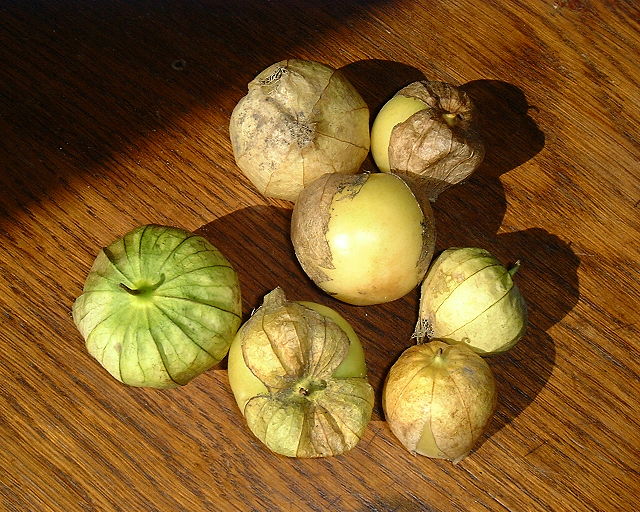Nahuatl, Aztec, or Mexicano is a language or, by some definitions, a group of languages of the Uto-Aztecan language family. Varieties of Nahuatl are spoken by about 1.7 million Nahua peoples, most of whom live mainly in Central Mexico and have smaller populations in the United States.
The Aztecs called (red) tomatoes xitōmatl, whereas the green tomatillo was called tōmatl; the latter is the source for the English word tomato.
Page of Book IV from the Florentine Codex. The text is in Nahuatl written in the Latin alphabet.
Text about the language by Fray Joseph de Carranza, second half of the 18th century (click to read)
The Nahuas are a group of the Indigenous people of Mexico, El Salvador, Guatemala, Honduras, Nicaragua, and Costa Rica. They comprise the largest indigenous group in Mexico and El Salvador. They are a Mesoamerican ethnicity. The Mexica (Aztecs) are of Nahua ethnicity, as are their historical enemies, the Tlaxcallans (Tlaxcaltecs), and the Toltecs which predated both groups are often thought to have been as well. However, in the pre-Columbian period Nahuas were subdivided into many groups that did not necessarily share a common identity.
Nahua children in traditional clothes
Ceramic sculpture of Nahua deity from Puebla
"Atlantean figures" from the Nahua culture of the Toltecs at Tula.
Depiction of Tlaxcaltec soldiers leading a Spaniard to Chalco from Lienzo de Tlaxcala







